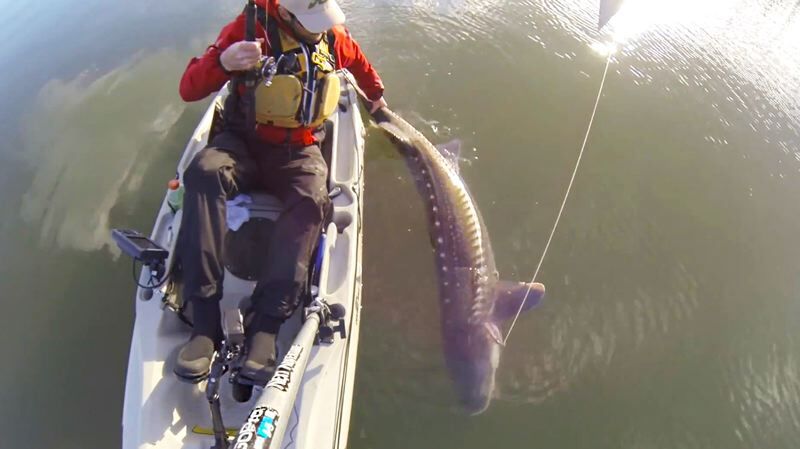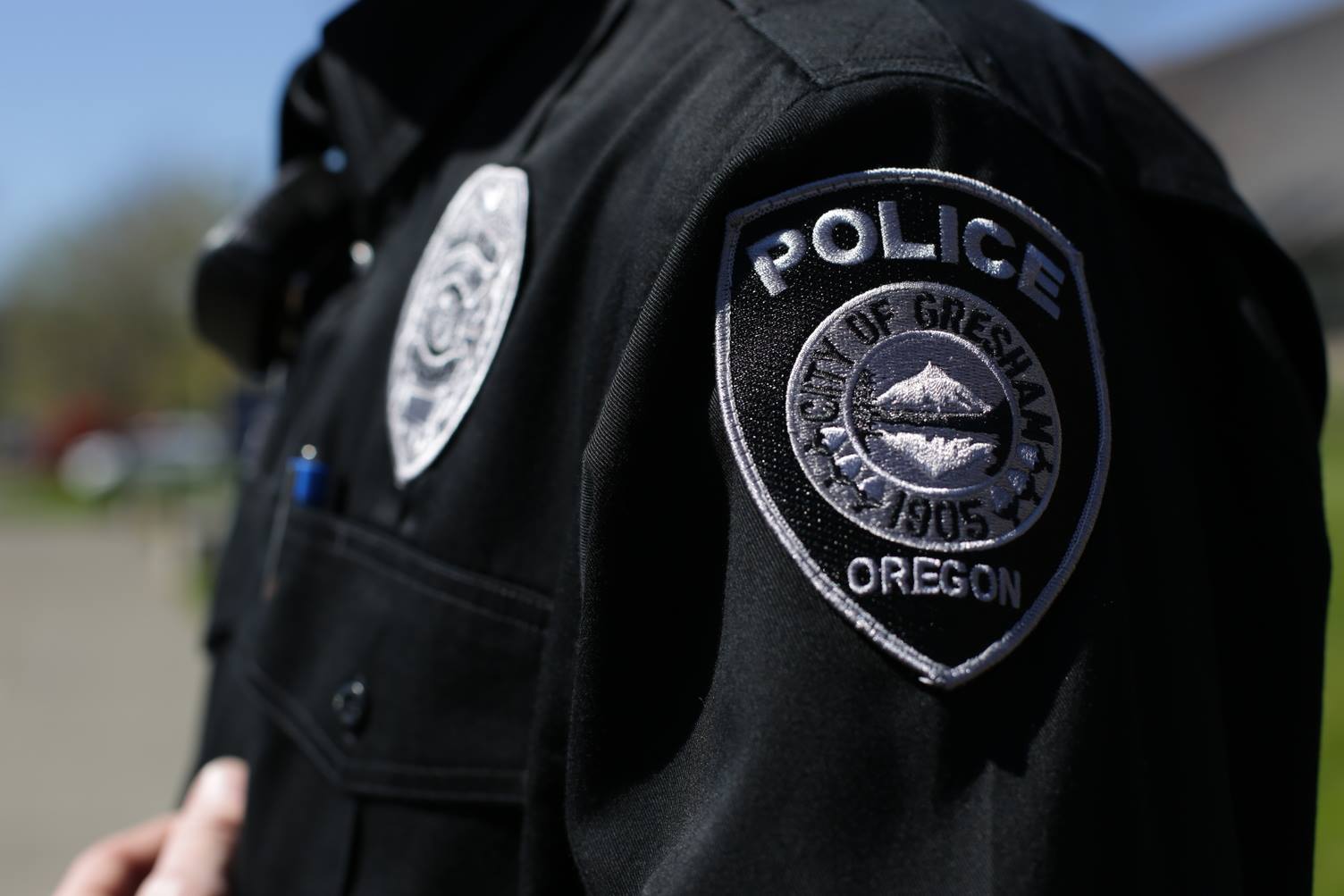Anglers getting hooked on kayak fishing
Published 12:00 am Tuesday, August 2, 2016

- Michael Rischer catching a sturgeon from his kayak.
Devoted anglers in the Northwest typically use one of three fishing boats: a large powerboat, drift boat, or a sled boat, (a power boat devised for river and lake fishing.) Some have all three.
Trending
But a growing cadre of anglers are switching to a different kind of vessel made of plastic and running on human power rather than gasoline. It’s called a kayak.
Fishing options in the Northwest vary from small lakes and streams to the vast Pacific Ocean, and the kayak can be used on nearly all of these, which is one reason it’s becoming increasingly popular. The other reason is its simplicity, low cost and low impact on the water environment.
Of course, safety is a priority, and being well-prepared, including wearing a personal flotation device (life jacket) is a must.
Trending
One of the most popular fishing kayaks is the Hobie Mirage Drive. They are pedaled rather than paddled (via a fin drive inserted into a keyhole on the flat-bottom kayak). Some kayaks, like the Hobie Pro Angler, are so stable you can stand up and cast, something that appeals to fly fishermen like Michole Jensen.
Jensen, who entertains kayakflyangler.com followers with videos of his kayak adventures, often points out the benefits of using leg power for hands-free fishing. In addition, he adds, being low to the water puts you closer to the action. “If you think top-water takes are exciting, wait until you see them from the low-water vantage point of a kayak.”
Jensen says the out-the-door cost for a quality fishing kayak is less than $1,000. A fully rigged one can cost well over $3,000. Basic Hobie fishing kayaks start about $2,000. When you factor in the lower towing fuel costs, engine and boat maintenance, insurance and registration fees, kayaks are a more sustainable option than motorboats.
Jensen uses his kayak to fish for everything from trout to sturgeon, and even sets crab traps in Oregon bays. He advises budget-minded anglers to consider buying a higher-quality used kayak instead of a low-quality new one. He also recommends sit-on-top kayaks, rather than sit-ins, for safety and stability.
Tyler Hicks, who operates School of Fish (www.fishing-school.net), a Vancouver, Washington-based guide service, says with a diversity of manufacturers and an even greater variety of models on the market, it’s fairly easy to find the right kayak for the fisheries you want to participate in.
“At a minimum, spend a few minutes trying out a kayak on the water before buying it,” says Hicks, who teaches introductory and advanced fishing classes at Clark College in Vancouver, and is a guest lecturer at a variety of regional fishing clubs. “Go out with a kayak fishing guide or coordinate with any number of the kayak fishing groups on social media, and participate in group events,” he advises.
Overall, kayaks are affordable, portable and offer considerable versatility for fishing. “They’re also easy to launch, with carts that can be stored behind the kayak seat. Kayaks are also a good way to get some exercise while fishing,” Jensen says.
“Everyone enjoys kayak angling for different reasons,” says Hicks, who guides on Washington waterways. “For some, it’s more cost-effective, as they can fish from a boat without having to purchase a heavy-duty vehicle to tow a boat around. The initial cost is also generally lower than most powerboats. Others like it because it’s a more intimate experience on the water. I personally love the accessibility advantage and the adventure aspect.”
It allows Hicks to access and fish waters virtually off-limits to power boaters. “It connects me to nature and with fish in a way I can’t fathom doing from a powerboat,” he says. “You can also rent a kayak for dirt cheap and catch fish like I did this past winter in the fjordlands of Patagonia, Chile, where my wife and I caught giant king salmon from the kayak.”
Michael Rischer, a licensed Portland-area kayak fishing guide, also is an ambassador for the sport and a prolific kayak fisherman. He uses his kayaks to go after rockfish, lingcod, flatfish, chinook, coho, steelhead, sturgeon, bass, walleye, trout and crab. He says there are plenty of opportunities in the Portland area to participate in kayak fishing tournaments.







